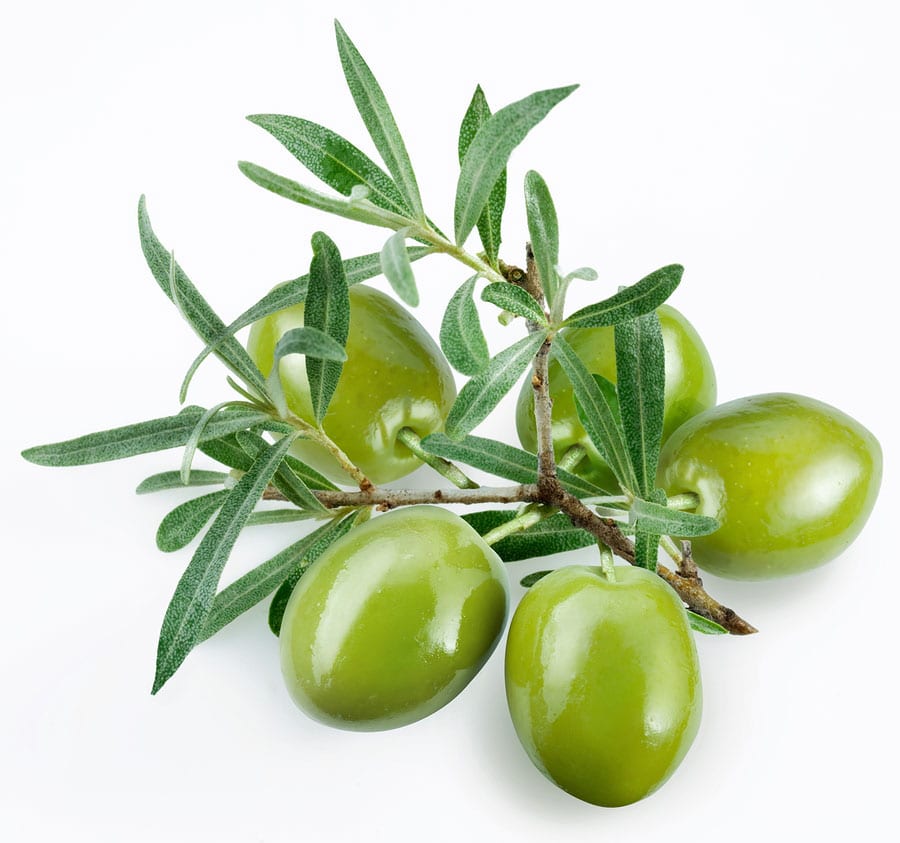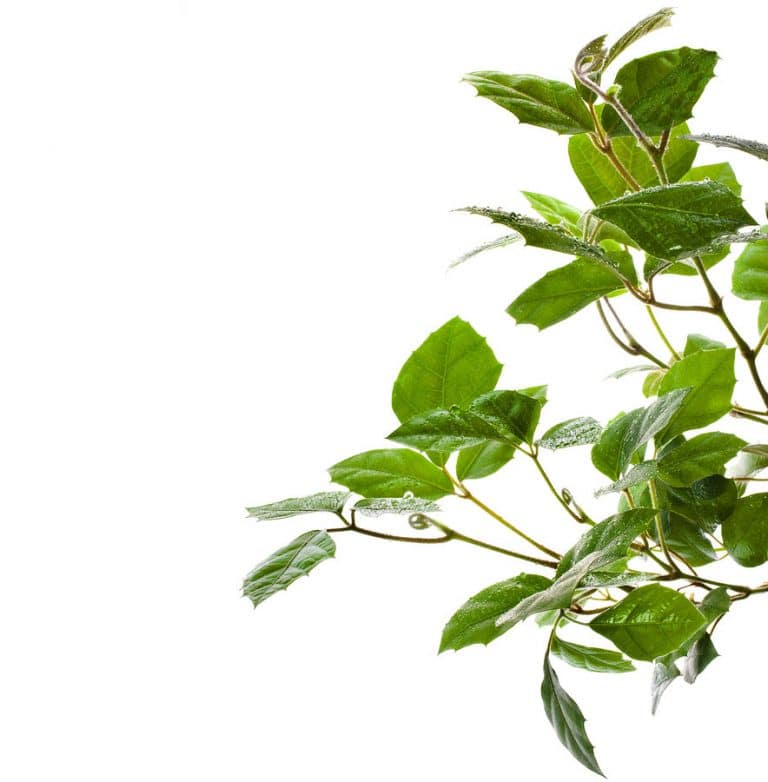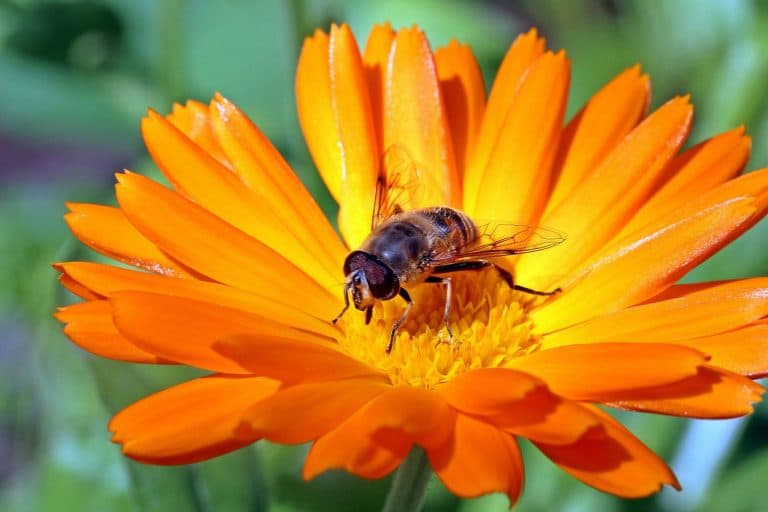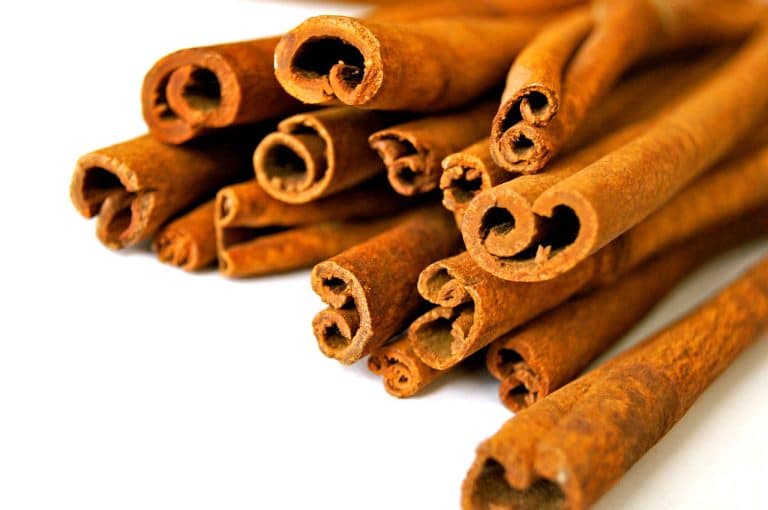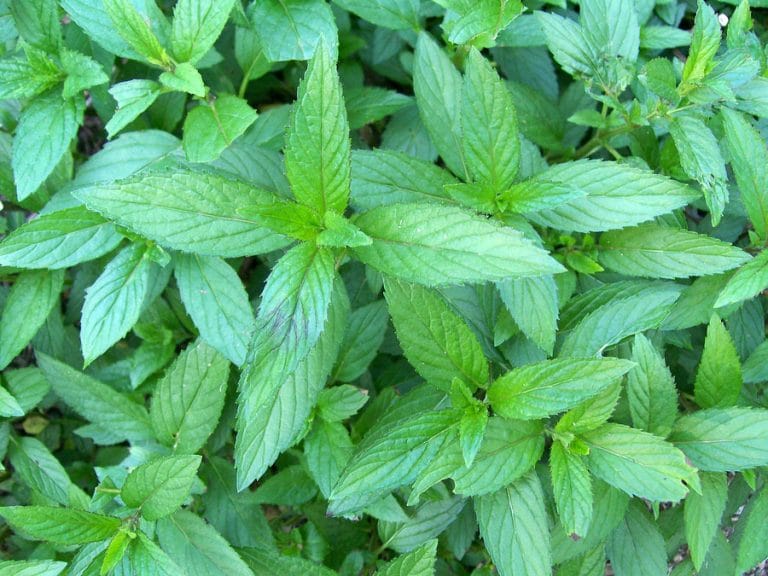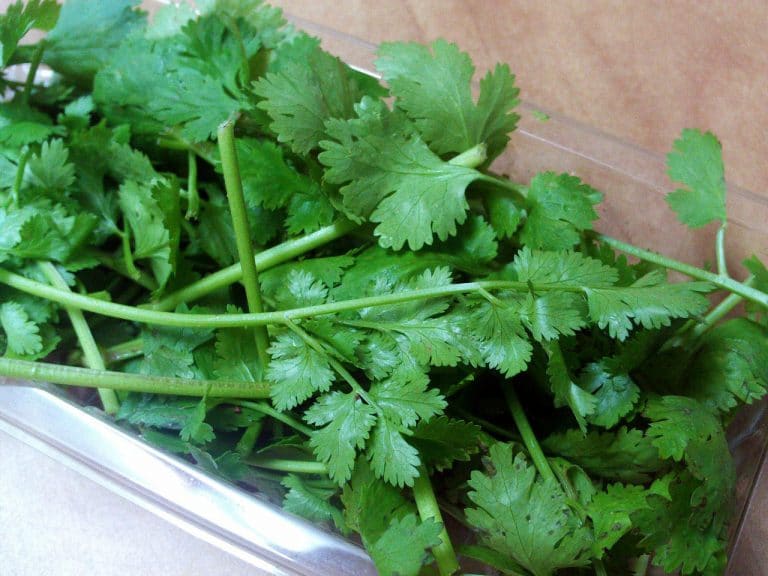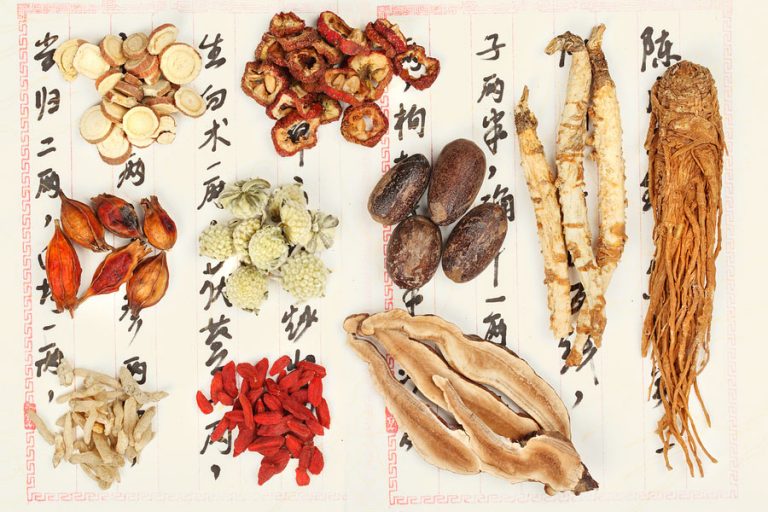Olive Tree
Scientific Classification
| Kingdom: | Plantae |
| Order: | Lamiales |
| (unranked): | Angiosperms |
| (unranked): | Eudicots |
| (unranked): | Asterids |
| Family: | Oleaceae |
| Genus: | Olea |
| Species: | O. Europaea |
| Binomial Name: | Olea Europaea |
The leaf of the olive tree, botanically named Olea Europaea is called the Olive leaf. Olive oil is famous as a health product and for its taste. Since time immemorial, the olive leaf has been used as a medicine. The extracts of olive leaf (OLE) and the leaf itself are at present sold as an agent of immune-stimulator, anti-aging, antibiotic, anti-inflammatory, and antioxidant properties. Even though there exist experiments that are biologically standardized (which means bioassays), one is uncertain of their clinical effects on human beings.
History
In the early 3500 BC this olive tree was grown in Crete. Here the leaves were made use of in cleaning wounds. The olive branch represents the symbol of peace. In the earlier Olympic Games the athletes wore these leaves. Later in the 18th Century malaria was cured by this plant.
Anatomy
The shape of the olive leaf is oblong, with a length 4 to 10 cm (1.6 to 3.9 in), and a width 1 to 3 cm (0.39 – 1.2 in). It is silvery green in color.
Habitat
The olive tree, otherwise called Olea Europaea, was grown for its fine wood, olive fruit, olive leaves and olive oil. 90% of the whole olives that are harvested are converted into oil, whereas almost 10% is used in the form of table olives. The habitat of the olive tree is regions of Asia Minor, the Mediterranean basin and it has also been farmed for more than 7000 years.
Soil for Planting
Olives thrive in most of the soil of pH 8.5 that are properly drained; they are adjustable to gradual saline properties.
Planting
Before you plant your olive tree, mix composed manure to the soil. To begin with mix 1 kg of the compost to as area of 1 meter diameter. In case you decide to plant more trees, space them by 2 meters. Young trees need staking. Olives grow very well when planted in pots, if they are watered and sufficient quantity of fertilizer is added. Select a pot of equal depth and of minimum diameter 60 to 75 cm.
Watering
Olive trees are evergreen and they bear fruit; therefore, they require sufficient quantity of water. However, overwatering affects them because they are habituated to dry climates. Do not water them regularly; however, when you water them, do so sufficiently. When the weather is dry it needs regular watering. Water your olive tree when you notice the soil is dry to a depth of 4 – 6 inches from the surface. Over watering leads to getting its leaves turned yellow and they wither away. However, in case the tree becomes very dry during winter due to under watering, the leaves get dry and wither away. Extremely dried trees recoup when you begin watering.
Temperature and Humidity
Olive trees cannot adjust to extremely low temperatures, which gravely destroy them during the spring frosts and winter. As such, do not plant your olive trees in regions where the temperature is less than -5°C.
Dry and hot air also damage olive trees, especially in the flowering period and in the form of fruits. They also get damaged in places where the humidity is high and the air circulation is low.
Flowering and Maturing Care
Supplement the top soil with either the usual fertilizer having nitrogen content between medium to high level or with slow releasing fertilizers at the rate of 0.5 kg per tree in a year, adding a dosage of 2 or 3 kilograms when in vigorous growth. In certain soils, it is required to add potassium and also boron as a supplement.
In case you possess a pot, water it till the water drains out of the drain holes at the base of the pot. If the climate is too hot and humid, provide enough space nearby the plant for spreading openly to get enough air circulation.
Pests and Diseases
Certain diseases and pests are harmful to the olive tree, even though the problems associated with them are less when compared to the other fruit trees. In the Mediterranean regions, most of the pest problem derives from the olive fruit fly (Dacus Oleae) and the Medfly.
A grave fungal disease in California is the Verticillum Wilt that leads to a bacterial disease called olive knot. This happens when the tree is pruned with unhygienic tools.
Uses
According to the Mediterranean diet, olive oil is smeared on the pasta and salads, eaten cold. Olive oil is also used for the purpose of deep frying and to sauté. There are drastic changes when items are deep fried in olive oil.
The fat present in the olive oil helps in the protection of cancer, its effects have implications on ovarian, prostate, colon and breast cancers.

Having discovered a fondness for insects while pursuing her degree in Biology, Randi Jones was quite bugged to know that people usually dismissed these little creatures as “creepy-crawlies”.

